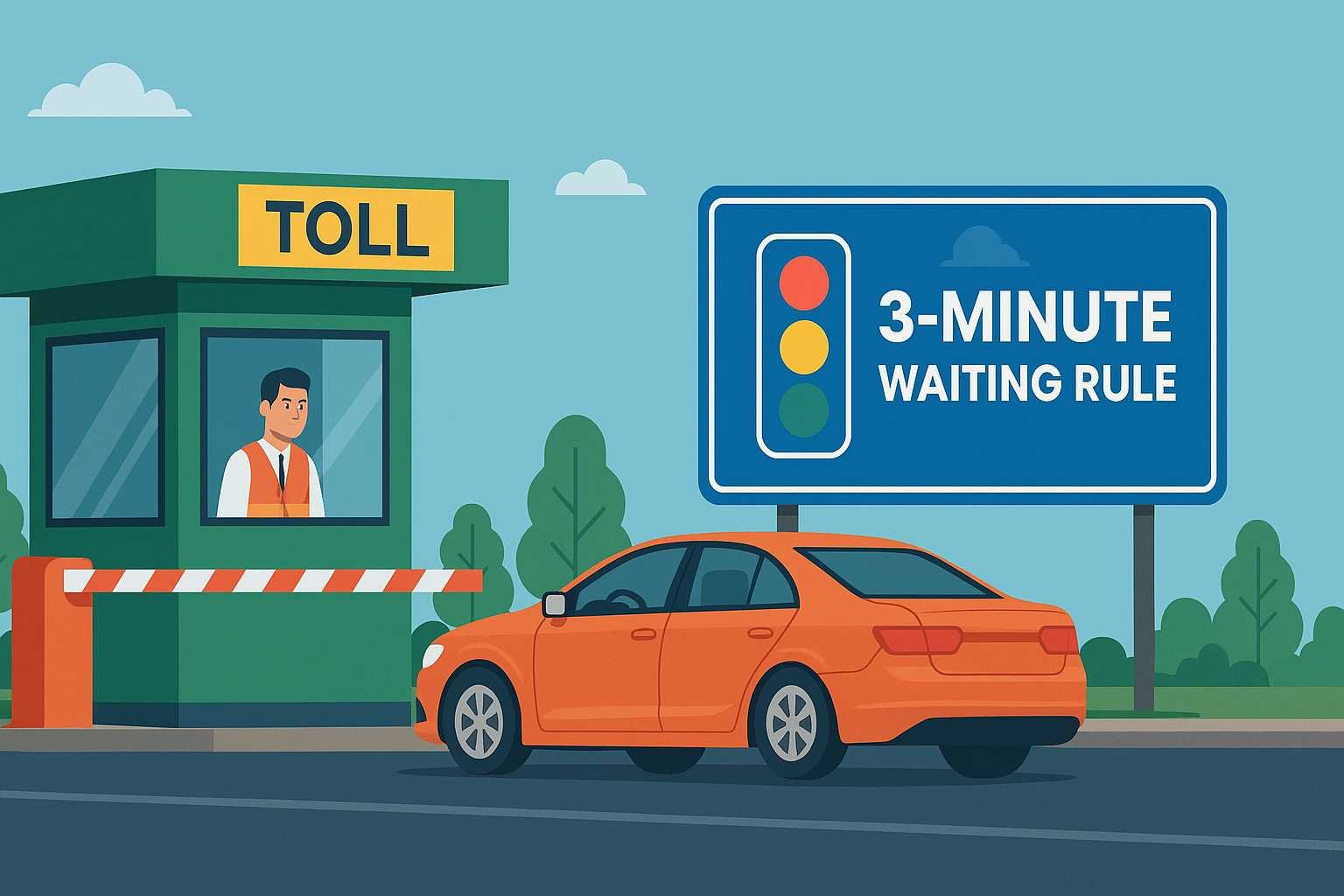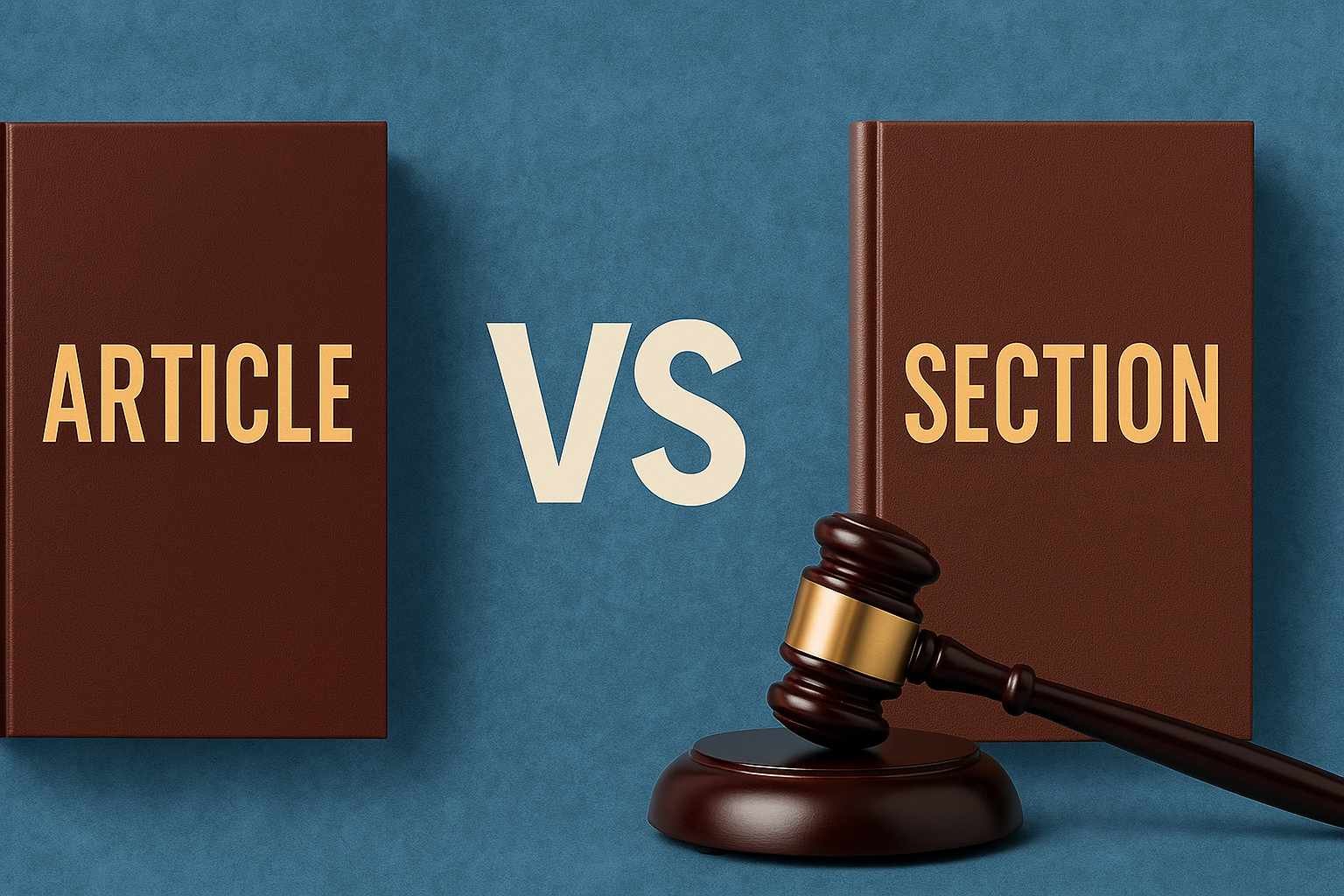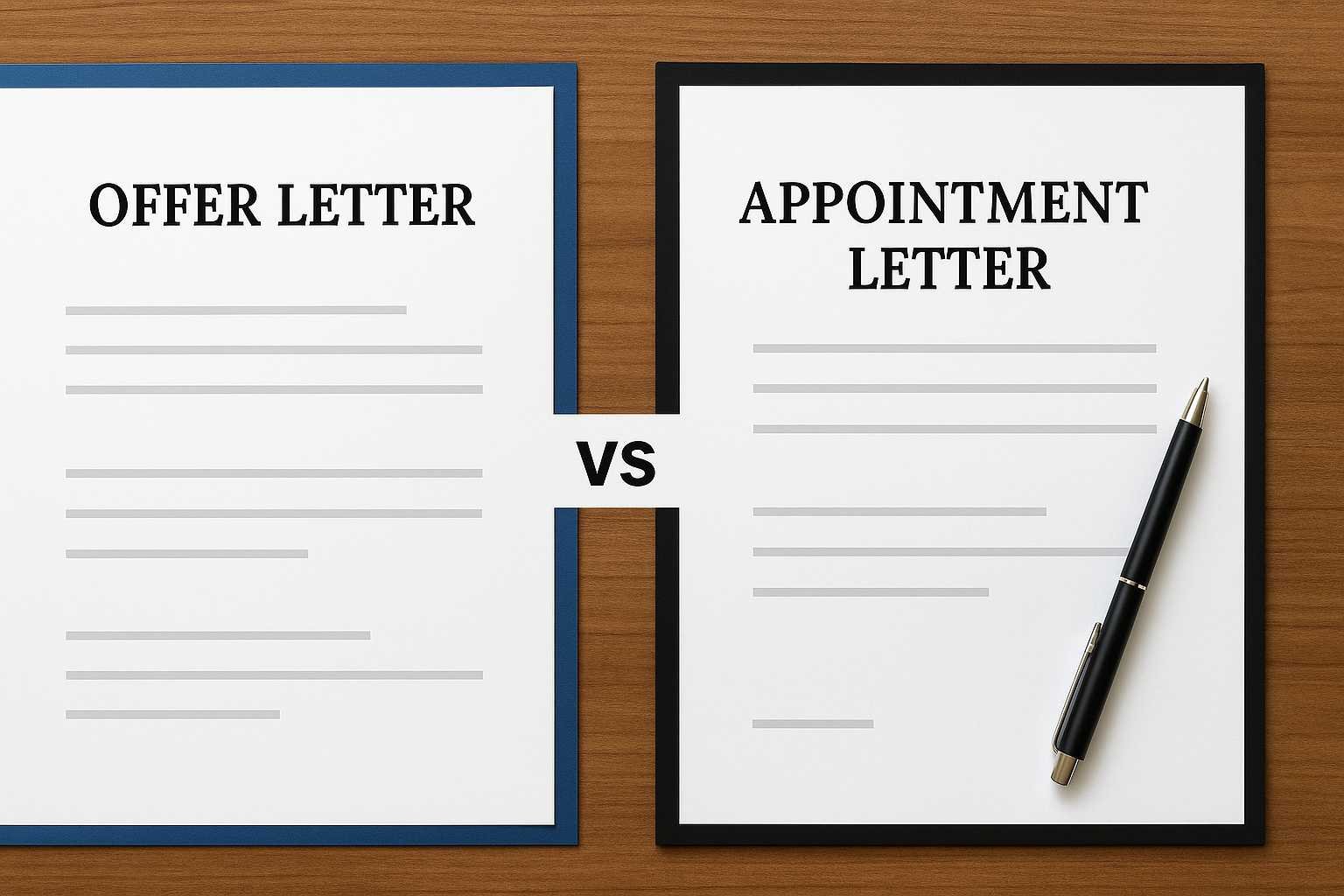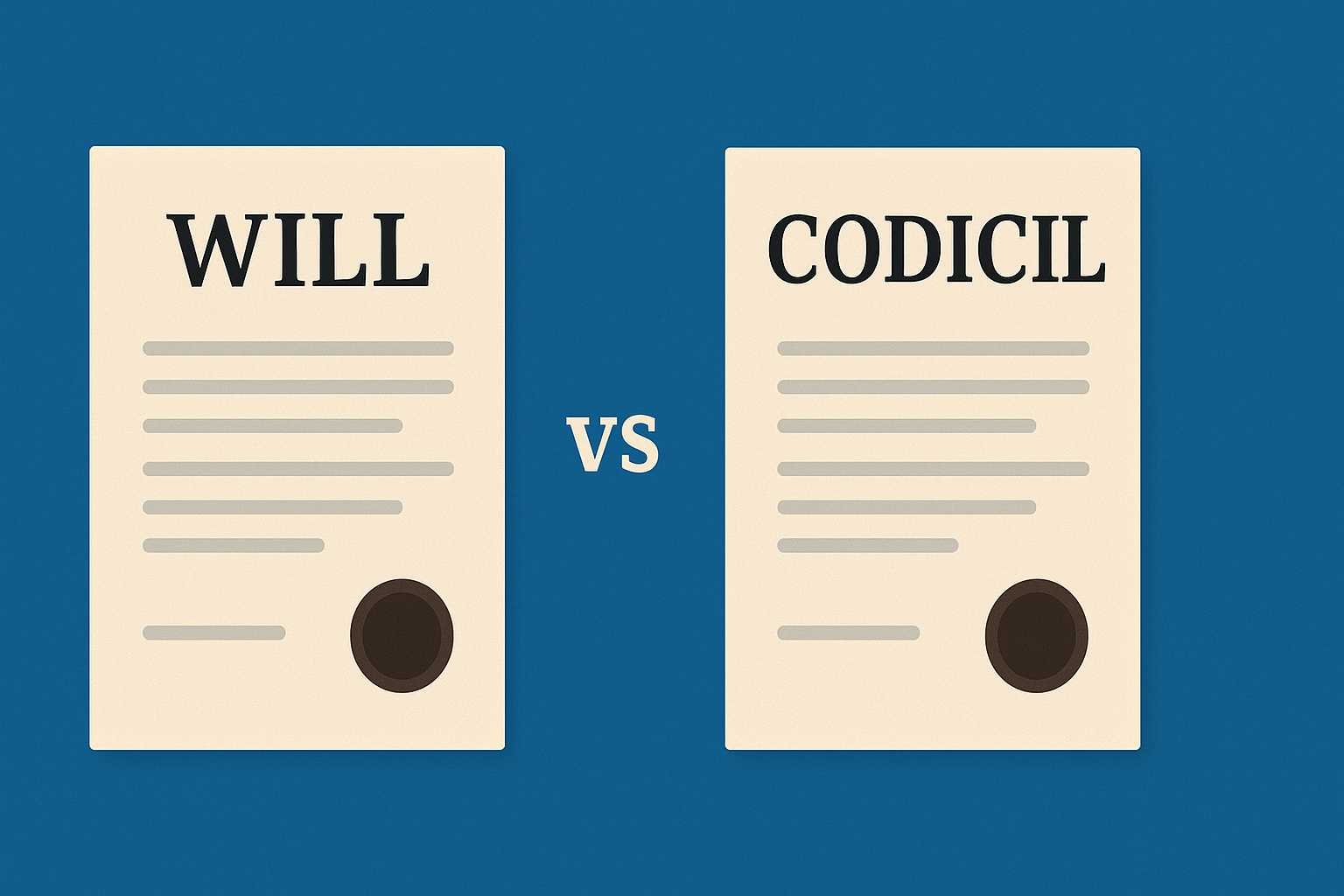On this page you will read detailed information about What Is a Privacy Policy and Why Is It Important?
As an online business owner, you have a responsibility to respect your customers’ privacy. Creating a thoughtful privacy policy for your website or mobile app is an important step to building trust and protecting sensitive user data. In this article, we will explore what a privacy policy is, examine why you need one, and provide actionable tips to craft an effective policy that complies with relevant regulations. You will learn key principles of ethical data collection, storage, usage and protection that serve customer interests while enabling your business goals. We will also recommend best practices to clearly communicate your policy so users understand how you handle their personal information.
What Is a Privacy Policy?
A privacy policy is a document that outlines how a company collects, uses, discloses, and manages customer or user data. It explains your rights to access, control, and correct your personal information. Every website, mobile app, or other service that collects personal data should have a privacy policy. As a user, it’s important to understand what information a company gathers about you and how they use it.
Information Collection and Use
A privacy policy will specify what information the company collects, which may include:
- Contact details like name, email address, phone number
- Location data from your IP address or mobile device
- Browsing history and online behavior data
- Financial details if making a purchase
- Social media profiles if you sign in with those accounts
The policy should clearly state how the company uses your information. Common uses include:
- Providing and improving their services
- Personalizing your experience
- Marketing and advertising their own products
- Sharing with third parties for advertising, analytics or other purposes (which they should disclose)
Your Rights and Choices
A good privacy policy will inform you of your rights regarding your data, such as:
- Opting out of marketing communications or the sharing of your data with third parties
- Accessing the information a company holds about you
- Correcting or deleting inaccurate personal information
- Deleting your information if you close your account (in some cases)
The policy should provide instructions for how to exercise these rights, such as links to update your marketing preferences or delete your account.
A privacy policy gives you transparency into how an organization manages your personal information. Be sure to review the policies of any service before providing your data to understand your rights and make informed choices about how that information may be used.
In the previous post, we had shared information about An Overview of the Union Territory Goods and Services Tax Act (UTGST), so read that post also.
Why You Need a Privacy Policy for Your Website
A privacy policy is a legal document that discloses how you collect, use, share and protect the personal information of your website’s visitors. Every website should have a comprehensive and easily accessible privacy policy. Here are a few reasons why it’s essential:
Build Trust with Your Visitors
Having a clear privacy policy shows your visitors you value their privacy and security. It establishes your credibility and helps build trust in your brand and website. Visitors will feel more at ease using your site and engaging with your content or services.
Meet Legal Requirements
Many countries and states have laws regarding privacy and data protection, like the GDPR (General Data Protection Regulation) in the EU and CCPA (California Consumer Privacy Act) in California. A privacy policy is required to comply with these regulations. Failure to have one can result in significant legal consequences and penalties.
Explain How You Collect and Use Data
Your privacy policy should be transparent about what personal information you gather from visitors, how it is collected (e.g. cookies, web forms, etc.), and how it is used. This includes things like:
- Contact information (name, email, address, phone number)
- Browsing information (IP address, location, device used)
- Information from third-party services (social media logins)
- Payment information (credit card number, billing address)
Visitors have a right to know how their data may be collected and used. Be open and honest in your policy.
Allow Visitors to Opt-Out
An effective privacy policy will also give visitors the option to opt-out of certain data collection or uses. For example, allowing them to opt-out of targeted advertising, the sharing of their information with third parties, or the collection of their browsing data. Providing these choices and explaining how to exercise them is an important part of transparency.
In summary, a comprehensive privacy policy is essential for building trust, ensuring legal compliance, being transparent in how you handle visitor data, and giving users more control over their privacy. Take the time to craft a thoughtful policy for your website that clearly communicates your practices to your audience.
What to Include in Your Privacy Policy
A comprehensive privacy policy should include the following key sections:
Information Collection and Use
Specify what personal information is collected from your customers and website visitors, such as names, addresses, payment information, etc. Explain how this information is used, such as to facilitate orders or provide better service. Make it clear that you do not sell or rent personal information to third parties without consent. You should also note how long information is retained and how it is secured.
Sharing and Disclosure
If any personal information is shared with or disclosed to third parties, describe the nature of the sharing or disclosure. For example, information may be shared with payment processors to handle transactions or service providers that help manage your business. Ensure that any third parties are obligated to keep the information confidential and secure.
Cookies and Tracking Technologies
Explain how you may utilize cookies, web beacons, and other tracking technologies to collect information and personalize the user experience. Provide details on what information is collected and how users can control these technologies, such as through browser settings.
Data Access and Control
Articulate how individuals can access, review, update, correct, or delete their personal information. Describe the process for submitting requests and note any exceptions, such as for information required to continue service. You should commit to responding to requests within a reasonable timeframe, such as 30 days.
Changes to the Policy
State that you may update your privacy policy at any time and that users should review it periodically. Significant changes will only apply to information collected after the update. Previous versions of the policy should be archived on your website.
Contact Information
Provide complete contact details, including a phone number, email address, mailing address and contact person so that users can get in touch with any questions or concerns regarding your privacy practices.
Your privacy policy helps build trust in your business and comply with regulations like GDPR. Be sure to have your legal counsel review the final policy before publishing it on your website.
Best Practices for Writing a Privacy Policy
A privacy policy is a legal document that discloses how a company collects, uses, shares, and stores customers’ personally identifiable information. Having a well-written privacy policy is important to build trust with your users and comply with privacy laws. Here are some best practices for creating your privacy policy:
- Clearly state what information you collect and how it is collected. This includes information provided by users, tracking technologies like cookies, and third-party sources.
- Explain how the information is used. The uses should be reasonable and match what you tell customers. For example, using contact information for marketing purposes if you said you would only use it for account management.
- Disclose if and how you share information with third parties. This includes affiliates, business partners, advertisers, and other companies. State if users can opt out of sharing.
- Describe your data security practices. Explain how you protect personally identifiable information from unauthorized access, disclosure, or destruction. This helps reassure users their data is safeguarded.
- Allow users choices and control over their data. Give options to access, correct, delete, or opt out of the collection and use of their personally identifiable information. Comply with data subject rights requests within the timeframes required by law.
- Write clearly and concisely using plain language. A privacy policy should be easy to understand for an average reader. Avoid overly technical terms and legalese.
- Regularly review and update your privacy policy. As your data collection, use, and sharing practices change or privacy laws are updated, revise your policy to reflect current operations and requirements.
- Post your privacy policy prominently on your website. Place a link to the policy on all webpages where you collect personally identifiable information.
By following these recommended practices, you can develop a privacy policy that protects your users’ personally identifiable information responsibly and meets key regulatory requirements. A strong privacy policy is a necessity for operating legally and maintaining the trust of your customers.
Privacy Policy FAQs
A privacy policy is a legal document that discloses how a company gathers, uses, discloses, and manages a customer’s data. It’s important for any business that collects personal information from users or customers to have a clearly written privacy policy.
A privacy policy is necessary to build trust with your customers and comply with privacy laws. It informs users about their rights and details how their information is collected and used. Without a privacy policy, you could face legal consequences and lose the trust of your customers.
A comprehensive privacy policy should cover:
I) What information is being collected (e.g. name, email, payment info) and how it is collected (e.g. website forms, mobile apps)
II) How the information will be used (e.g. to provide a service, send marketing emails)
III) If and when information is shared with third parties (e.g. payment processors, mailing services)
IV) How customers can access, correct or delete their personal data
V) The steps taken to protect customers’ information and keep it secure
VI) Any options customers have to opt-out of data collection or sharing
It’s a good idea to review and update your privacy policy at least once a year or if there are any significant changes to how you handle customer data. Some reasons you may need to update include:
I) New data collection practices or tools (e.g. adding live chat to your website)
II) Sharing data with new third parties
III) Changes in privacy laws that affect your business
IV) Concerns raised by customers about your data privacy practices
Keeping an up-to-date privacy policy will help ensure you stay transparent and compliant, protecting both your business and your customers. Be sure to notify users of any policy changes and have them re-consent to the new terms.
Conclusion
In conclusion, a privacy policy is an important document that outlines how a company collects, uses, discloses, and manages your personal information. By providing transparency around data practices, a privacy policy helps build user trust while ensuring legal compliance. As a consumer, understanding these policies empowers you to make informed choices about which companies you share personal data with. While complex, privacy policies aim to give you control over your information. Taking time to review them allows you to better safeguard your privacy.
Disclaimer
The information and services on this website are not intended to and shall not be used as legal advice. You should consult a Legal Professional for any legal or solicited advice. While we have good faith and our own independent research to every information listed on the website and do our best to ensure that the data provided is accurate. However, we do not guarantee the information provided is accurate and make no representation or warranty of any kind, express or implied, regarding the accuracy, adequacy, validity, reliability, availability, or completeness of any information on the Site. UNDER NO CIRCUMSTANCES SHALL WE HAVE ANY LIABILITY TO YOU FOR ANY LOSS OR DAMAGE OF ANY KIND INCURRED AS A RESULT OR RELIANCE ON ANY INFORMATION PROVIDED ON THE SITE. YOUR USE OF THE SITE AND YOUR RELIANCE ON ANY INFORMATION ON THE SITE IS SOLELY AT YOUR OWN RISK. Comments on this website are the sole responsibility of their writers so the accuracy, completeness, veracity, honesty, factuality and politeness of comments are not guaranteed.
So friends, today we talked about What Is a Privacy Policy and Why Is It Important?, hope you liked our post.
If you liked the information about What Is a Privacy Policy and Why Is It Important?, then definitely share this article with your friends.








